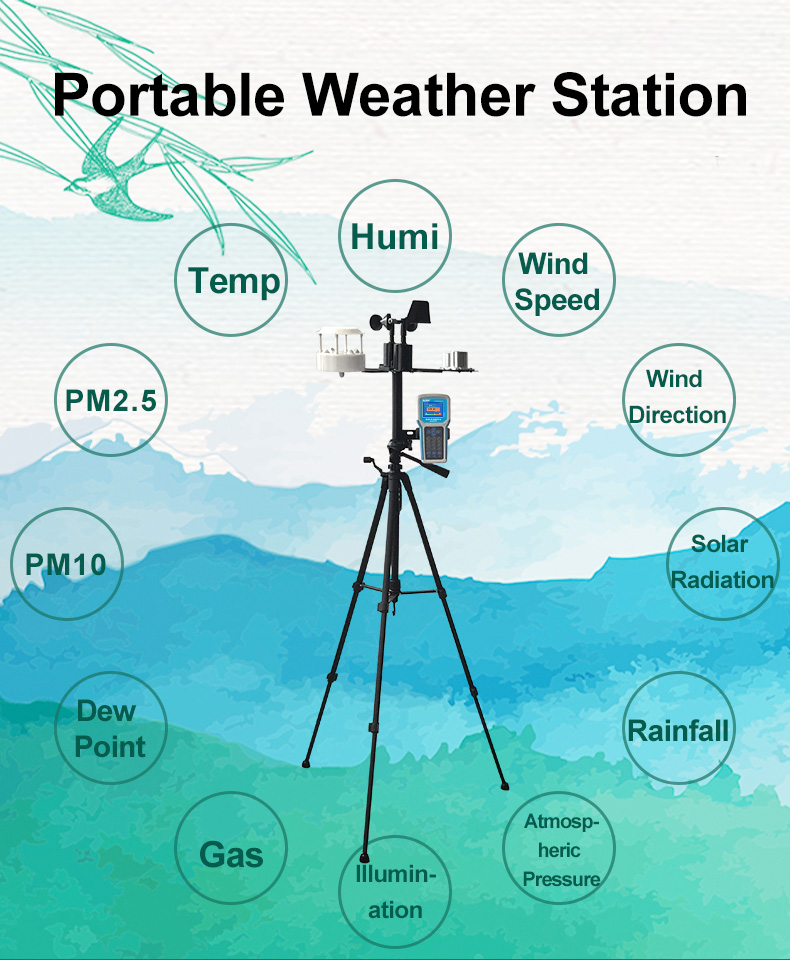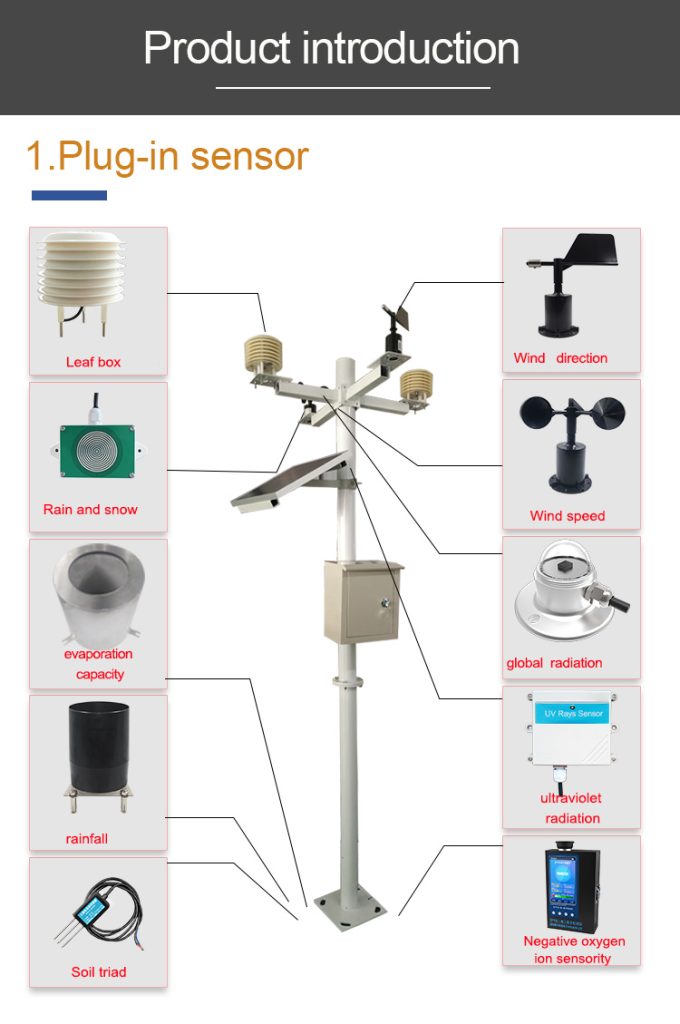What is an Automatic Weather Station ?

An Automatic Weather Station (AWS) is a high-tech device used for recording and transmitting meteorological data from various environmental sensors. The sensors include a thermometer, a barometer, a hygrometer, anemometer, rain gauge, and a pyranometer, among others. These sensors collect data every few seconds or minutes, and an internal microprocessor processes the data and provides real-time meteorological information to users via the internet, radio, or satellite communication.
Weather plays a crucial role in our daily lives. From planning outdoor activities to forecasting natural calamities, accurate weather information is essential for making informed decisions.
Components of an Automatic Weather Station
An Automatic Weather Station system consists of several components that work together to collect, process, and transmit meteorological data.

Sensors: The most critical components of an AWS are the sensors that measure different meteorological parameters such as temperature, humidity, air pressure, wind direction, and speed, among others. The type and number of sensors vary depending on the weather variables being measured.
Data logger: A data logger collects data from the sensors and stores them for later processing.
Power supply: Most automatic weather stations use solar panels or rechargeable batteries as a source of power, especially in remote areas where the grid electricity is not available.
Communication system: To transmit data from the AWS to a remote location, a communication system is used. This can be wired or wireless, including satellite, radio, or cellular networks.
How does an Automatic Weather Station work?

An Automatic Weather Station works by collecting data from the installed sensors and processing it through a microprocessor. The data is then stored in the internal memory or transmitted to a remote location via radio, satellite, or cellular networks. The collected data can be accessed remotely through various means such as smartphones, tablets, computers, or even automated software systems.
Conclusion
weather monitoring has been done by human observers stationed at various locations worldwide, which can be time-consuming, inefficient, and prone to errors. However, with the advent of technology, we now have automatic weather stations (AWS) that provide real-time data on temperature, humidity, wind speed, rainfall, and other meteorological parameters.